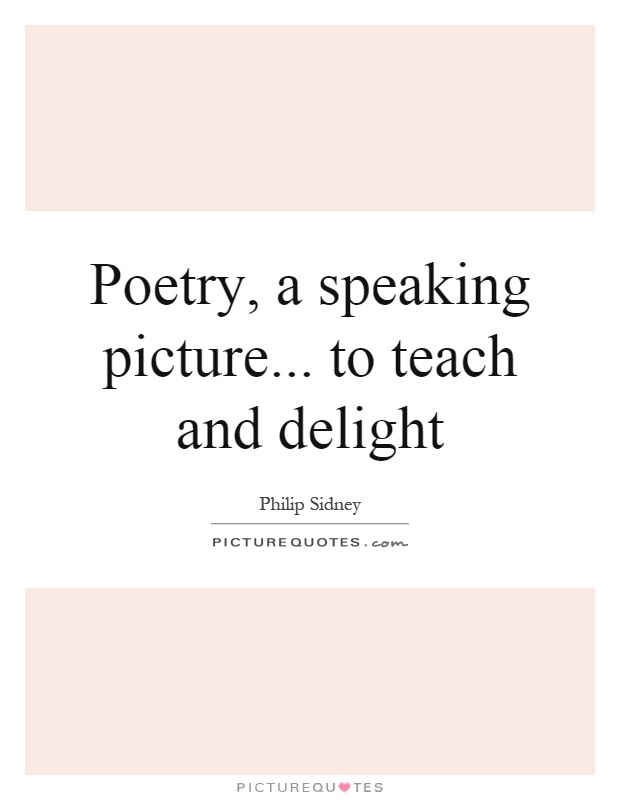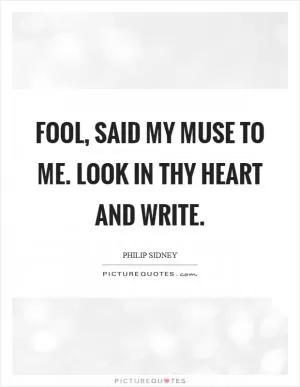Poetry, a speaking picture... to teach and delight

Poetry, a speaking picture... to teach and delight
Sir Philip Sidney, a prominent figure in the Elizabethan era, was not only a skilled poet and courtier but also a passionate advocate for the power of poetry. In his essay "The Defence of Poesy," Sidney famously described poetry as a "speaking picture... to teach and delight." This statement encapsulates the dual nature of poetry as both a form of artistic expression and a means of conveying profound truths and insights.According to Sidney, poetry has the ability to capture the essence of human experience and emotions in a way that other forms of literature cannot. By using vivid imagery, metaphor, and rhythm, poets are able to create a "speaking picture" that resonates with readers on a deep and emotional level. This speaking picture has the power to evoke strong emotions, provoke thought, and inspire action.
Furthermore, Sidney believed that poetry had the capacity to teach and enlighten its audience. Through the use of allegory, symbolism, and moral lessons, poets could convey important truths about life, love, and the human condition. In this sense, poetry served as a form of moral instruction, guiding readers towards a deeper understanding of themselves and the world around them.












 Friendship Quotes
Friendship Quotes Love Quotes
Love Quotes Life Quotes
Life Quotes Funny Quotes
Funny Quotes Motivational Quotes
Motivational Quotes Inspirational Quotes
Inspirational Quotes